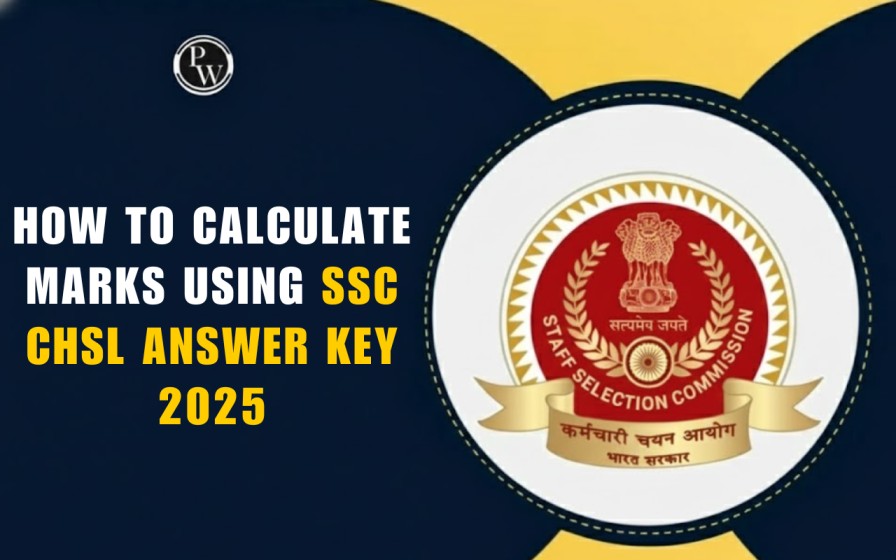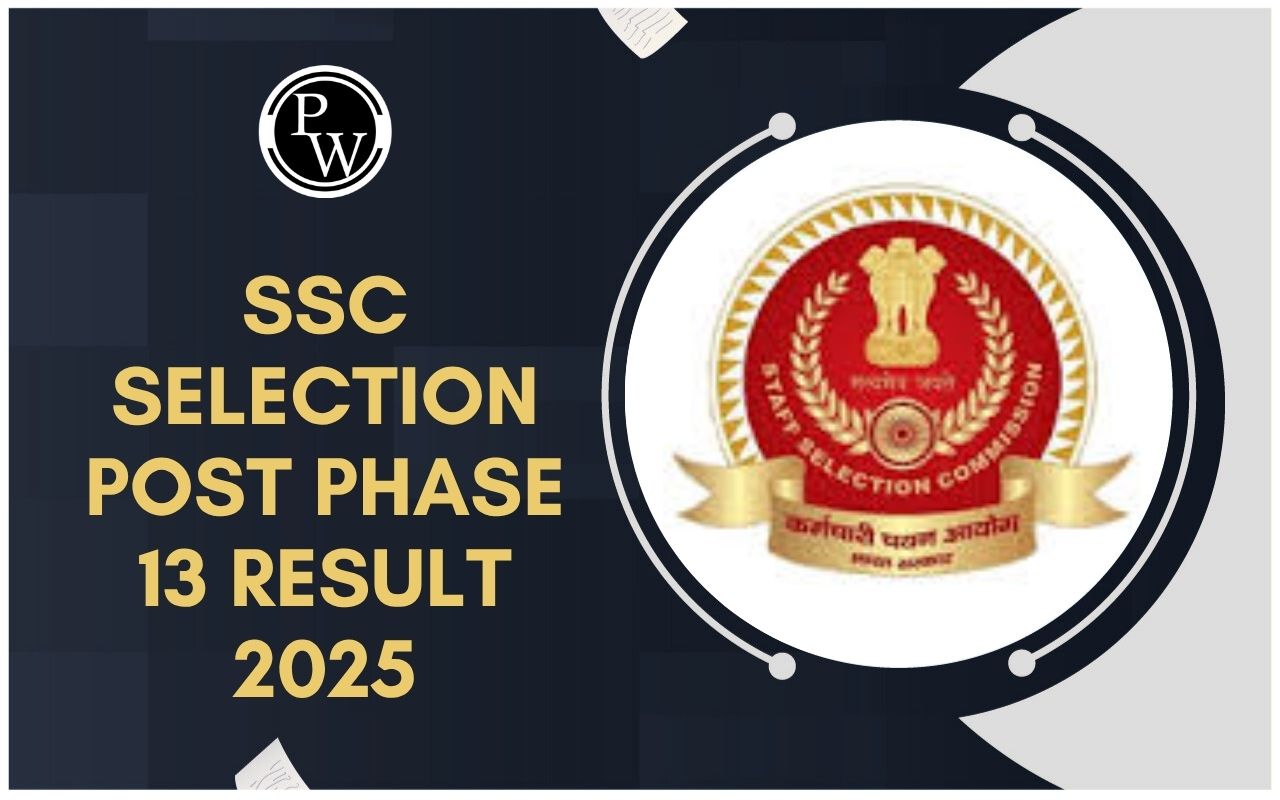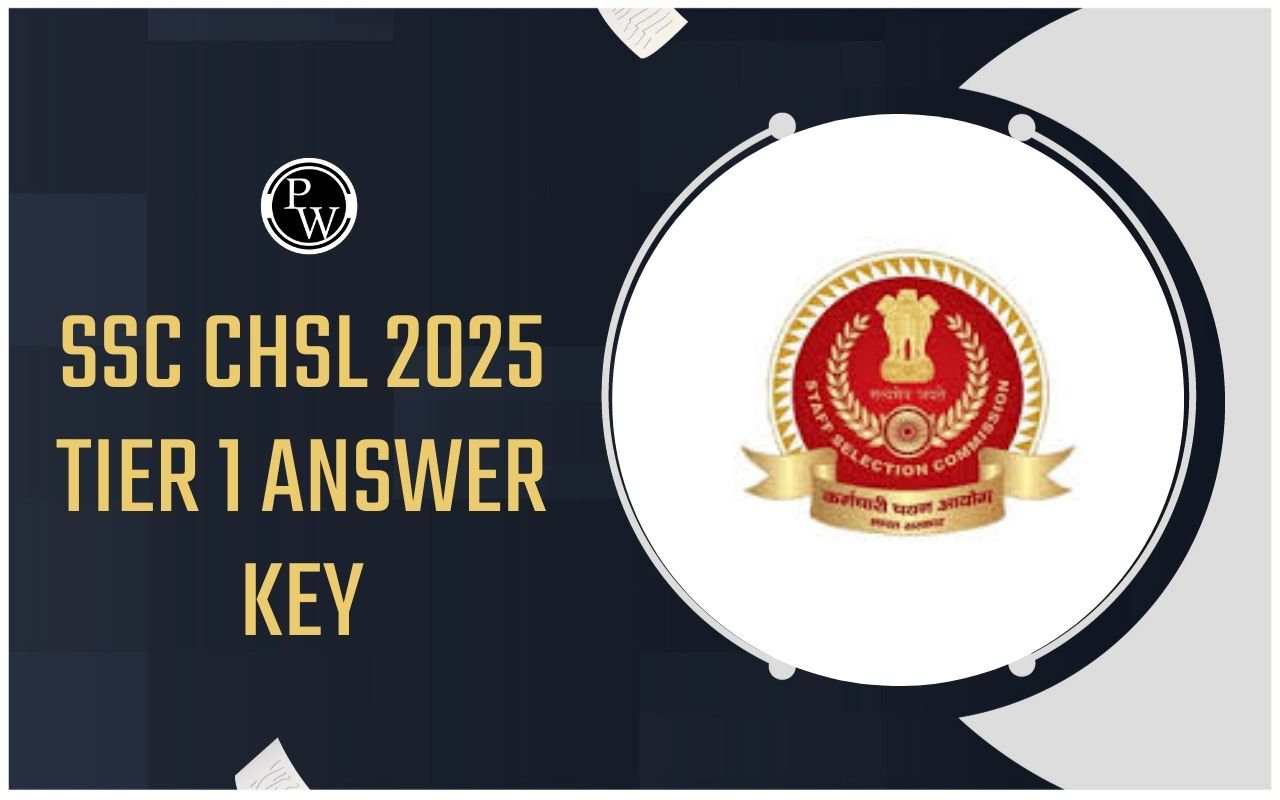
SSC Normalization Process 2025 is a method adopted by the Staff Selection Commission (SSC) for evaluating candidates in multi-shift computer-based exams. This method is used to ensure uniformity and fairness in score calculation, especially when candidates appear in different shifts where the difficulty levels of question papers may not be the same. Check the normalization process in detail, based on the official procedure released by SSC for implementation from June 2025.
SSC Normalization Process 2025
SSC Normalization Process 2025 is a method used to standardize the marks of candidates who appear for exams in different shifts. The purpose of this process is to neutralize the variations in difficulty level across multiple shifts. When exams are conducted in various shifts or sessions, it is natural that the level of difficulty may differ slightly. To ensure that every candidate is evaluated fairly, SSC uses a mathematical formula to adjust the scores. This ensures that candidates from all shifts are judged on a common scale, regardless of the difficulty level of their particular shift.
SSC Normalization Process 2025 Application
SSC Normalization Process 2025 is applicable only under specific conditions. The points below explain when normalization is used:
- Multiple Shifts: Normalization is applied only when an examination is conducted in more than one shift. If all candidates appear in a single shift, the raw scores are considered final.
- Computer-Based Tests (CBT): It is applicable only to SSC exams conducted in computer-based mode. Pen-and-paper (offline) exams do not use this process.
- From June 2025 Onwards: The new normalization formula is valid for all exams conducted by SSC from June 2025 onwards.
Step Wise SSC Normalization Process 2025
In exams conducted by the Staff Selection Commission (SSC) across multiple shifts, candidates may receive question papers with varying levels of difficulty. To maintain fairness in evaluation, SSC follows a three-step normalization process that converts raw marks into normalized scores for each candidate. This ensures every aspirant is judged on a common scale. Below is the official three-step method adopted by SSC for converting raw marks into normalized scores:
Step 1: Conversion of Raw Scores to Percentile Scores
In the first stage, a candidate's raw marks in a particular shift are converted into a percentile score.
- This conversion is done separately for each shift.
- The percentile reflects the relative performance of the candidate within that specific shift.
- It provides a shift-wise ranking independent of absolute marks.
Step 2: Pull-back of Percentile Scores to the Marks Scale
In this step, the percentile scores obtained in Step 1 are mapped back to the original mark scale. Here's how:
- All the percentile scores across all shifts are collected into a common table.
- These scores are sorted in descending (or ascending) order based on their percentile value.
- Any gaps in the raw score table are filled using interpolation, ensuring a smooth conversion from percentile to marks.
This step allows SSC to align percentile scores with realistic score values while maintaining inter-shift fairness.
Step 3: Final Assignment of Normalised Scores
In the final stage, each percentile value now has a corresponding raw score derived from the earlier steps.
- This mapped raw score becomes the candidate’s normalized score.
- It represents what the candidate would have scored had they taken the exam under uniform difficulty conditions.
- The final score is thus adjusted to a common reference scale across all shifts
Exams Under SSC Normalization Process 2025
The normalization process is relevant for all SSC exams conducted in multiple shifts. Below is a list of SSC exams where normalization is commonly applied. The following table gives an overview of these exams:
|
Exams Under SSC Normalization Process 2025 |
||
|
SSC Exam |
Multi-Shift Mode |
Normalization Applied |
|
Yes |
Yes |
|
|
Yes |
Yes |
|
|
Yes |
Yes |
|
|
Yes |
Yes |
|
|
SSC JE |
Yes |
Yes |
|
Yes |
Yes |
|
This table shows that the SSC Normalization Process 2025 is applicable to all major computer-based SSC exams that have multiple shifts.
Difference Between Raw Scores and Normalized Scores
To help candidates understand the significance of the normalization process, it’s important to highlight the important differences between raw scores and normalized scores. SSC Normalization Process 2025 ensures that the final score used for selection is objective and unbiased.
|
Difference Between Raw Scores and Normalized Scores |
||
|
Feature |
Raw Score |
Normalized Score |
|
Basis |
Actual marks obtained by the candidate |
Adjusted marks after applying the normalization formula |
|
Dependence |
Individual shift only |
Depends on performance across all shifts |
|
Accuracy |
It may be unfair due to difficulty variation |
Ensures fairness and uniformity |
|
Use in Result |
Not used in the final merit |
Used for preparing the final merit list |
Importance of Normalization in SSC Exams 2025
Normalization has become a crucial step in the SSC evaluation system because SSC conducts several exams like SSC CGL, SSC CHSL, SSC MTS, and SSC GD in multiple shifts. These exams often involve lakhs of aspirants across India. Since each shift may present a slightly harder or easier question paper, comparing raw scores directly is not fair. Without normalization, candidates who appeared in tougher shifts may end up with lower scores despite having performed better. On the other hand, those who took the easier paper may appear to have done well, even with average performance. Thus, normalization ensures that every candidate’s performance is judged based on the relative difficulty of the exam.
Benefits of SSC Normalization Process 2025
The introduction of a revised normalization formula brings several benefits:
- Ensures Fair Evaluation: It removes the impact of harder or easier papers in different shifts. All candidates are evaluated on an equal footing.
- Transparent System: SSC has officially shared the formula and process, which builds trust among aspirants.
- Statistically Reliable: The formula is based on standard deviation and average, which are widely accepted statistical measures.
- Improved Merit List Accuracy: Since normalized scores are used, the final merit list truly reflects the candidate’s capability rather than their shift's toughness.
Common Misunderstandings About SSC Normalization Process 2025
Let us clear up a few common myths and misconceptions:
- Normalization always increases marks: This is not true. Marks may go up or down depending on the performance of others in the same shift.
- Raw score is the final score: In multi-shift exams, only the normalized score is considered for the result and merit.
- Normalization gives unfair advantage: On the contrary, it removes the unfair advantage that an easy shift may offer.
Important Guidelines for Candidates
To make the most of your exam preparation while keeping the normalization process in mind, focus on scoring as high as possible in your own shift. Your raw score still forms the base of the calculation. Don’t worry about which shift you’re allotted. You cannot control this, and the SSC Normalization Process 2025 will ensure fairness and avoid comparing raw scores with others unless you’re aware of the normalization results.
PW provides SSC exam content, including SSC Exam Blogs, sample papers, mock tests, guidance sessions, and more. Also, enroll today in SSC Online Coaching for preparation.
SSC Normalization Process 2025 FAQs
What is the SSC Normalization Process 2025?
Which SSC exams will use normalization in 2025?
Does normalization always increase the marks?
Are raw scores used in SSC final results?










